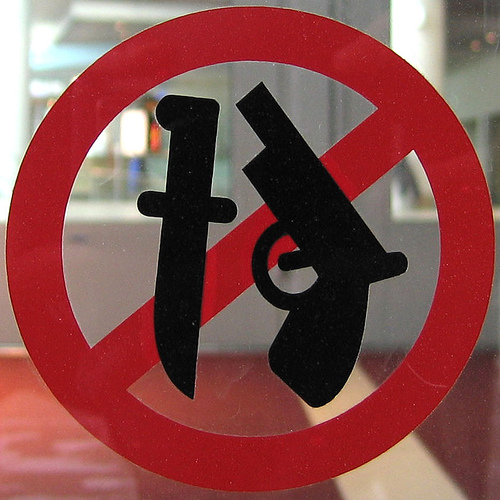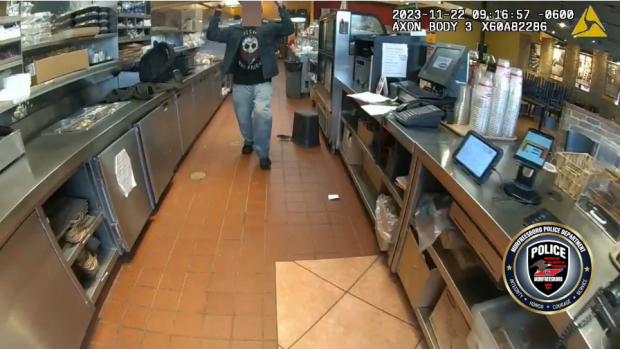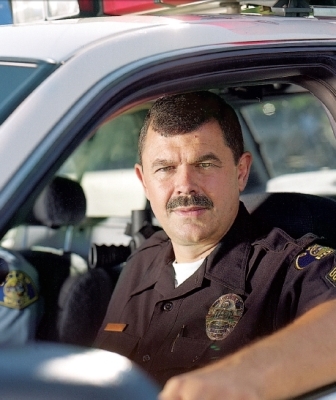Have you ever thought about how you might deal with an attacker who is armed with a weapon in each hand? Think about someone coming at you with a gun in each hand, a knife in each hand, or a mixture of both a gun and a blade. While those aren’t the most common attacks we see, they are common enough to demand a “parking space in your brain” to consider such an attack.
I was reminded of this fact when I read last week’s news account of a Tennessee police officer being charged by a man who had a knife held in each hand. The officer performed admirably and shot the charging attacker. Would you have performed as well?
Read more about the attack at the link below:
Bodycam video shows a man charging a Murfreesboro Police officer with two large knives in his hands.
Additionally, you can watch the bodycam video below.
Body camera footage shows man shot by Tennessee officer charge forward with 2 knives
Sometimes the attackers are wielding two knives as above. Occasionally we see an attacker with a knife in one hand and a gun in the other. This story reminded me of an incident involving a California cop named Marcus Young. A few years ago, I went to a class taught by Marcus. His description of what happened was chilling.
He was making a routine arrest of a female shoplifter when the woman’s boyfriend attacked him in a fashion similar to the incident above. The boyfriend approached Young with his hands in his pockets. From the article linked above:
“When Young told him to take his hands from his pockets, Beckman pulled a knife.
Young seized the felon’s arm twisted it toward his back. Beckman then drew a .38 Smith & Wesson from his jacket, reached across his body and shot Young five times. Bullets pierced his cheek, back and upper arm. “
Young’s hands were shot up and cut so badly that he couldn’t draw his weapon. As his attacker went for a rifle in the cruiser, Young instructed a young police cadet riding along with him to remove Young’s pistol from the holster and place it in his injured left hand (his dominant hand was too damaged to use). Young shot his attacker four times, killing him.
Have you ever tried to work out a solution to this problem? It’s tough to do, even if you are armed.
Many uneducated instructors will advise something like “Get distance, draw your gun and shoot.” That’s great in theory, but it often doesn’t work so well in real life. You can’t move away from him as fast as he can move towards you. And how quick is your concealed draw while the attacker is both shooting and stabbing you?
Getting distance occasionally fails to work to your advantage. You may have to move in and control the attacker’s weapons to buy you time to draw your own. Have you ever trained to do something like that? Which of your attacker’s weapons would you target?
Here are some ideas to consider…
If both weapons are contact weapons (knives or impact tools), distance and maneuverability are your friends. Move laterally or at a forward 45 degree angle if possible while accessing your firearm. Recognize that may not always be possible. I refer you again to the video above where the officer was constrained by the restaurant counter. He could not easily move in any direction except to the rear.
Obstacles and Barricades– regardless of the types of weapons your attacker is employing, putting a physical barrier or hard cover between you and him is almost universally a good idea.
If you cannot get away, get to cover, or access your firearm in time, you must move in and control one of your attacker’s weapons. If the attacker is armed with two blades, the direction you move isn’t very important. If the attacker is armed with a gun and a knife, move toward the GUN side.
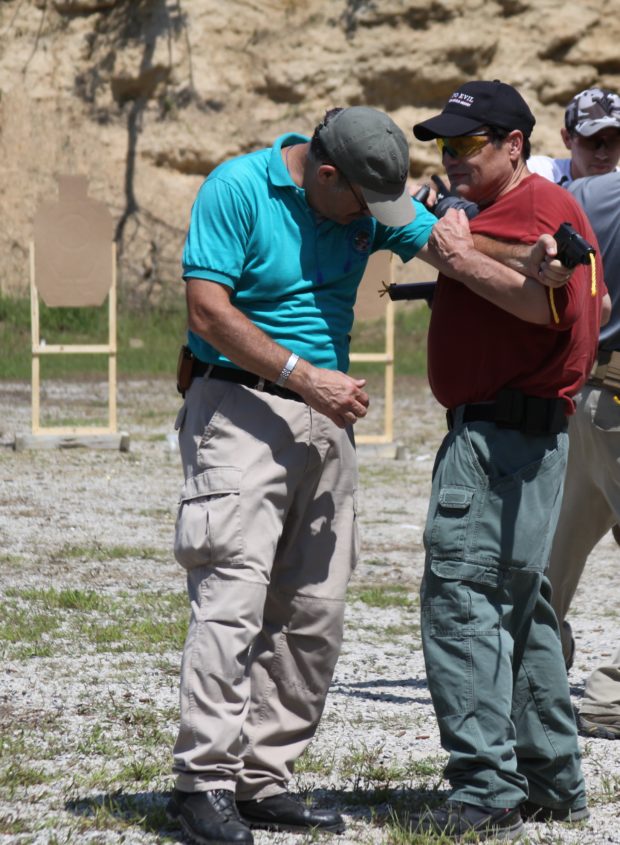
A student practices getting to the outside of the gun arm and firing from retention in one of Greg’s Close Quarter Shooting classes.
I think the best solution here is to move to the OUTSIDE of the gun arm and attempt to control the gun. Once the muzzle of his weapon is not pointed at your body, draw your own gun and make a few contact-distance shots (you’ve practiced that, right?) or work a handgun disarm. Getting to the outside of the gun arm will limit his ability to do damage with the knife and gives you a few more seconds to act.
If you are unarmed, I would advocate the same move, followed up by either a throat or eye attack (opens to Facebook video). If you have some fighting skills, taking the attacker’s back and achieving a dominant position will provide you with some takedown/choking options. If you take him to the ground, you must go down with him to keep control of the gun. Otherwise, the separation will give him the opportunity to shoot.
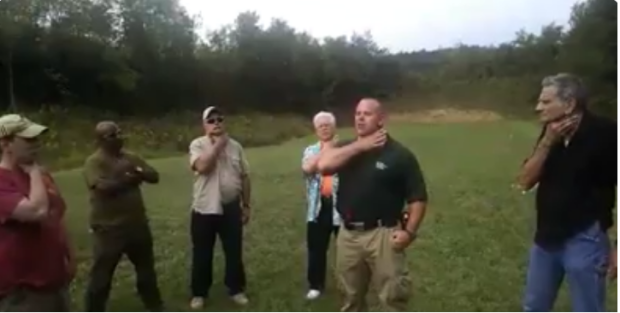
You may also have to feign compliance initially to wait for the best opportunity to make your move.
Your homework assignment this week is to find a training partner and a simulated firearm and knife. Start slowly and work through a solution to this problem that will fit with your skill set and abilities.

